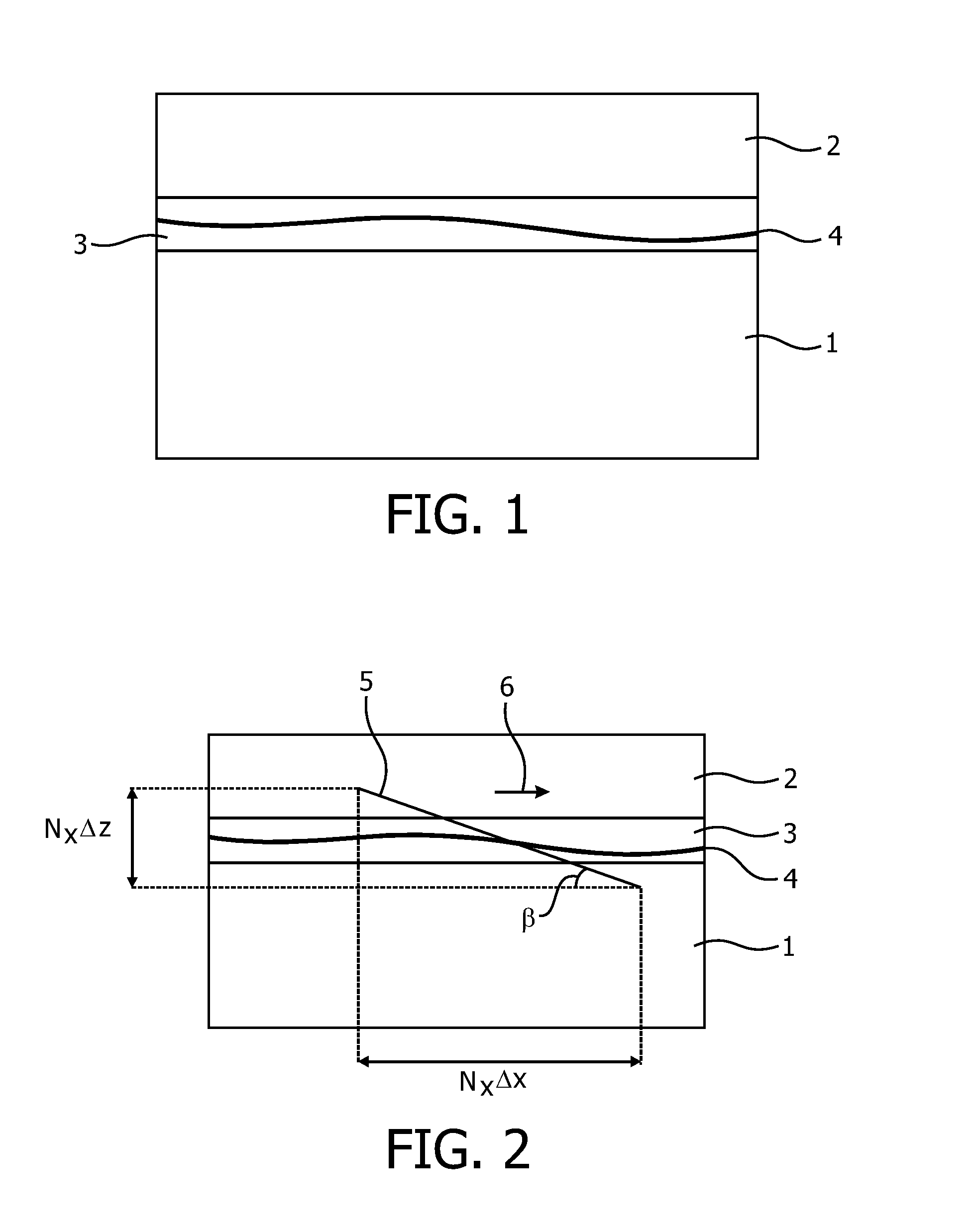Autofocus imaging
a technology of autofocus and imaging system, which is applied in the field of digital pathology, can solve the problems of insufficient performance of the autofocus function, and achieve the effect of improving robustness and accuracy
- Summary
- Abstract
- Description
- Claims
- Application Information
AI Technical Summary
Benefits of technology
Problems solved by technology
Method used
Image
Examples
Embodiment Construction
[0033]The illustration in the drawings is schematically. In different drawings, similar or identical elements are provided with the same reference numerals.
[0034]In the following, the character prime (′) associated to a symbol will mean that the image space is considered (e.g. sensor reference) while a symbol without prime character will mean that the object space is considered (typically the sample reference). For example, when the angle Beta prime (β′) will be used in this decription, a rotation in image space, and, as will be described more specifically, a rotation of the physical sensor, will be indicated. Also, an angle Beta (β without prima) will indicate a rotation in object space, and as will be described more specifically a rotation of an oblique cross section of the sample that is imaged by the autofocus sensor.
[0035]FIG. 1 shows a schematic cross-section of a tissue slide assembly, comprising a microscope slide 1, having a typical thickness of 1 mm, a cover slip 2, with a...
PUM
 Login to View More
Login to View More Abstract
Description
Claims
Application Information
 Login to View More
Login to View More - R&D
- Intellectual Property
- Life Sciences
- Materials
- Tech Scout
- Unparalleled Data Quality
- Higher Quality Content
- 60% Fewer Hallucinations
Browse by: Latest US Patents, China's latest patents, Technical Efficacy Thesaurus, Application Domain, Technology Topic, Popular Technical Reports.
© 2025 PatSnap. All rights reserved.Legal|Privacy policy|Modern Slavery Act Transparency Statement|Sitemap|About US| Contact US: help@patsnap.com



